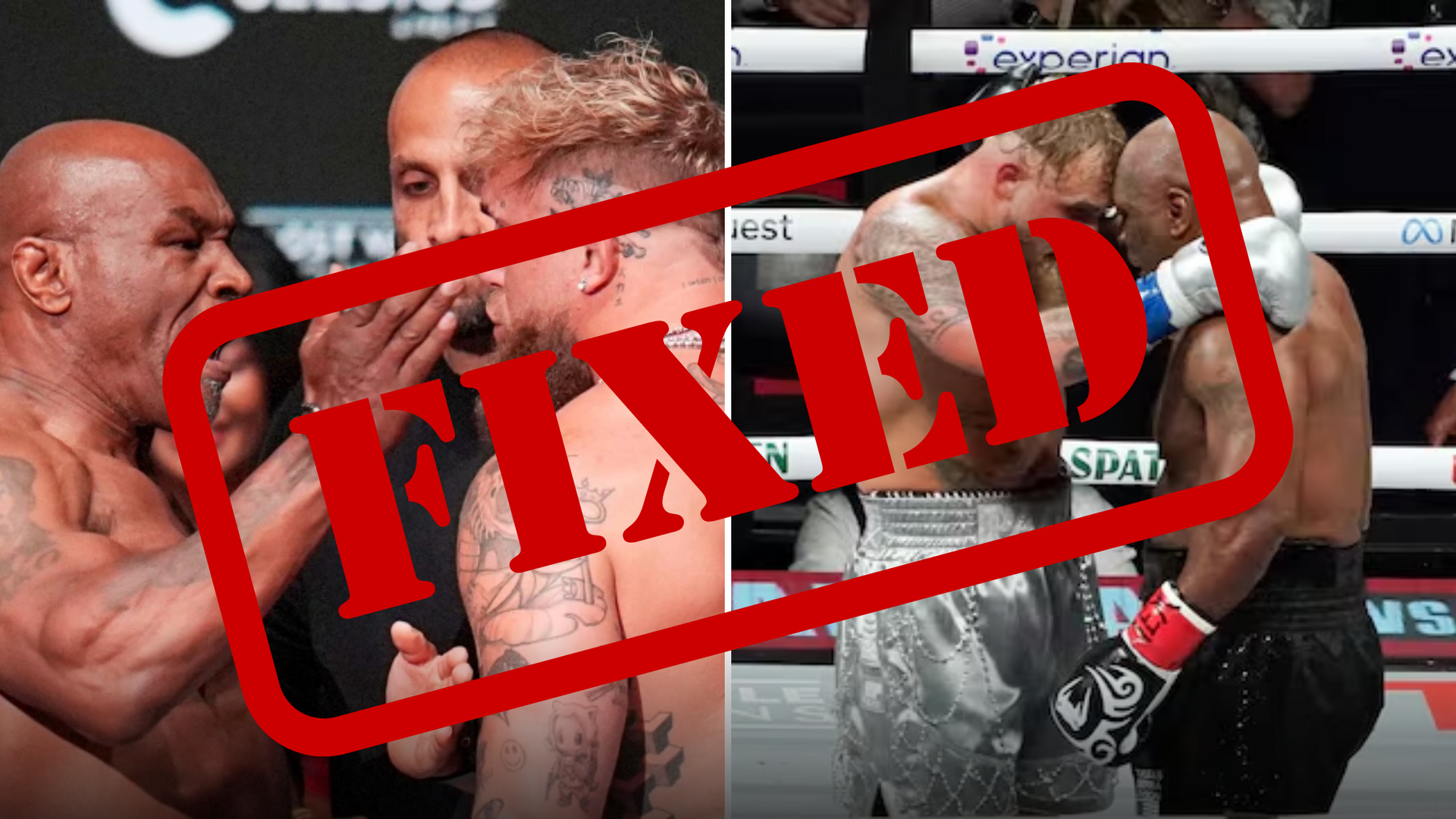The Rise and Reinvention of Sam Ibrahim’s Cousin: From Nomads’ National President to Social Media Powerhouse
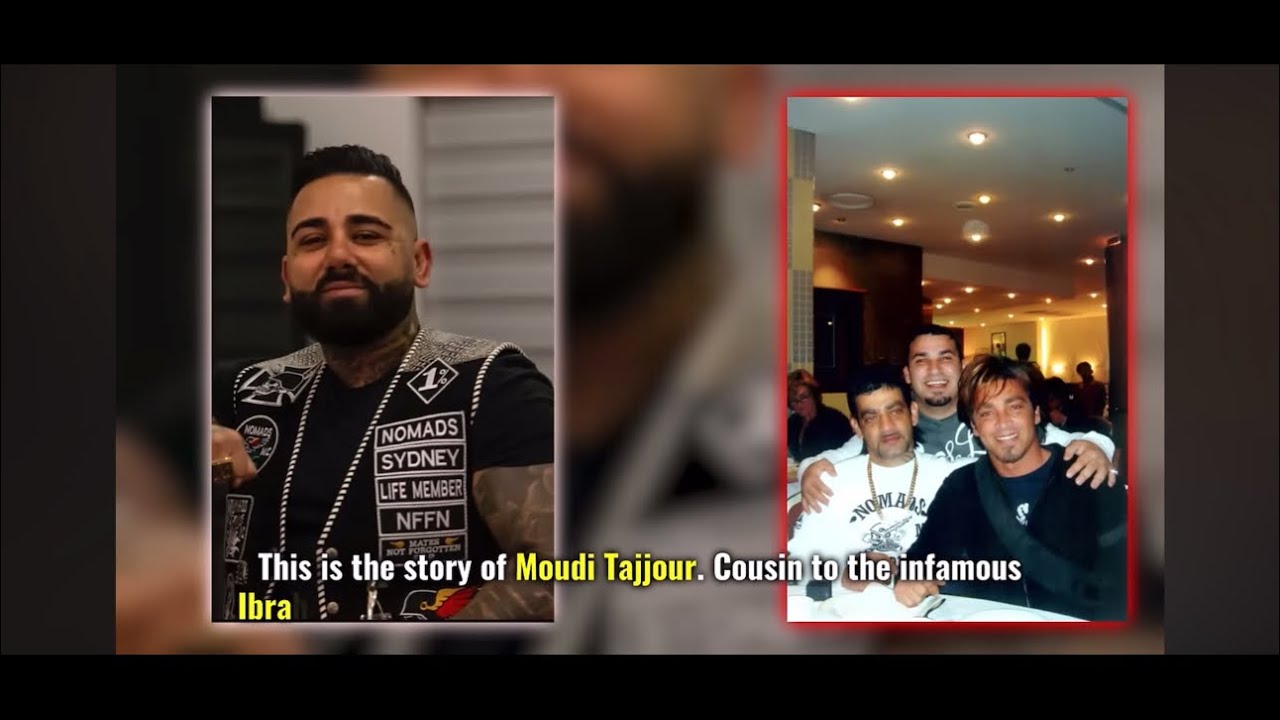
In the shadowy underworld of Sydney’s streets, few names resonate as loudly as Sam Ibrahim and his notorious family. Yet, the story of his cousin, Modi Tajour, is equally compelling—an extraordinary journey from a ten-year-old boy handling pistols in Western Sydney’s housing commission to becoming the youngest chapter president in the history of the feared Nomads Motorcycle Club , and eventually reinventing himself as a digital influencer with a massive social media following.
This article explores the life of Modi Tajour, weaving together the threads of his early upbringing, criminal empire, leadership in one of Australia’s most feared motorcycle clubs, and his surprising transition into a social media sensation. Alongside this narrative, we dive into the dynamics of the Ibrahim family, the shifting tides in Sydney’s underworld , and the relentless law enforcement efforts that reshaped the biker landscape.
Table of Contents
- Early Life: Born into Sydney’s Criminal Dynasty
- The Making of a Nomad: From Hang-Around to Youngest Chapter President
- The Price of Power: Violence, Prison, and Survival
- Return and Reign: National President of the Nomads
- The Breaking Point: Burning the Colors and Leaving the Life
- Reinvention: From Outlaw to Digital King
- Legacy and Reflection: The Changing Face of Sydney’s Underworld
- Explore More on the Ibrahim Family and Sydney's Underworld
- Frequently Asked Questions (FAQ)
Early Life: Born into Sydney’s Criminal Dynasty
Modi Tajour’s story begins not in the glitz of Sydney’s nightlife but in the stark, unforgiving environment of Maryland’s housing commission flats in Western Sydney. At just ten years old, while other children played with toys, Modi was already learning to handle pistols. “Wasn’t a normal kid, bro. Like, I clocked a gun back at the age of ten,” he recalls. By twelve, he was living on the streets, and by fourteen, he was wearing the colors that made hardened men tremble.

Growing up, Modi was surrounded by power and influence. His cousins, Sam and John Ibrahim, had been brought from Lebanon by his mother before their own mother could join them. The Ibrahim brothers rose from the same commission flats to become kings of Sydney’s underworld, ruling the streets of King’s Cross with an iron fist. Their wealth was evident—Ferraris and Lamborghinis pulled up outside their childhood home, while men in expensive suits drank coffee with Modi’s mother.
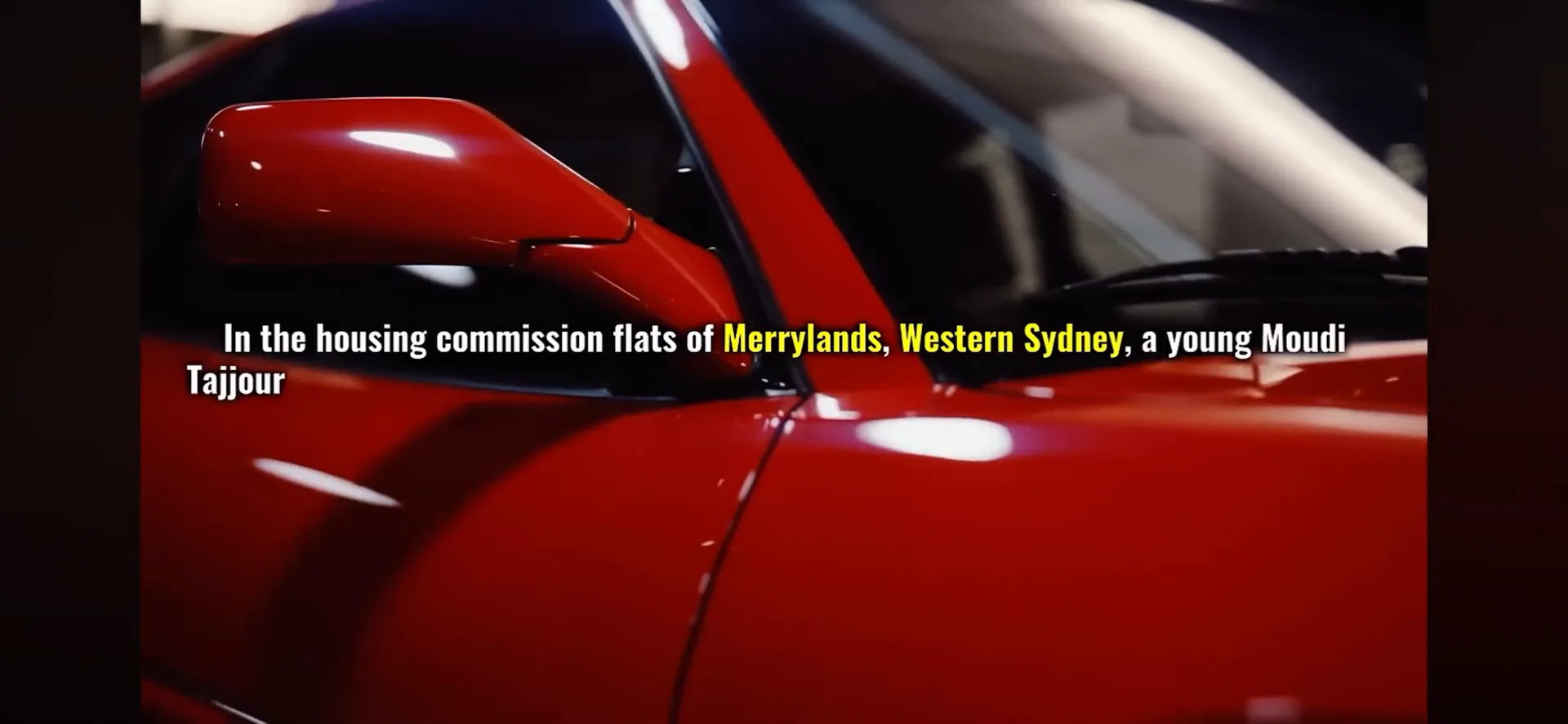
Modi’s upbringing was steeped in this criminal dynasty. “I was born into a crime family, so there’s no choice. Simple,” he states. The Ibrahim name opened doors that money couldn’t buy, and while peers dreamed of escaping poverty through education or sports, Modi was learning the harsh rules of loyalty, violence, and survival from an early age.
The Making of a Nomad: From Hang-Around to Youngest Chapter President
In 1999, at just fourteen, Modi walked into his first Nomads meeting—a club that was not just a motorcycle gang but a feared institution in Australia’s criminal underworld. His cousin Sam Ibrahim, known as the “King of the Cross,” was the leader and his entry was through family ties. However, Modi’s rise was not handed to him; it was earned through blood, loyalty, and relentless determination.
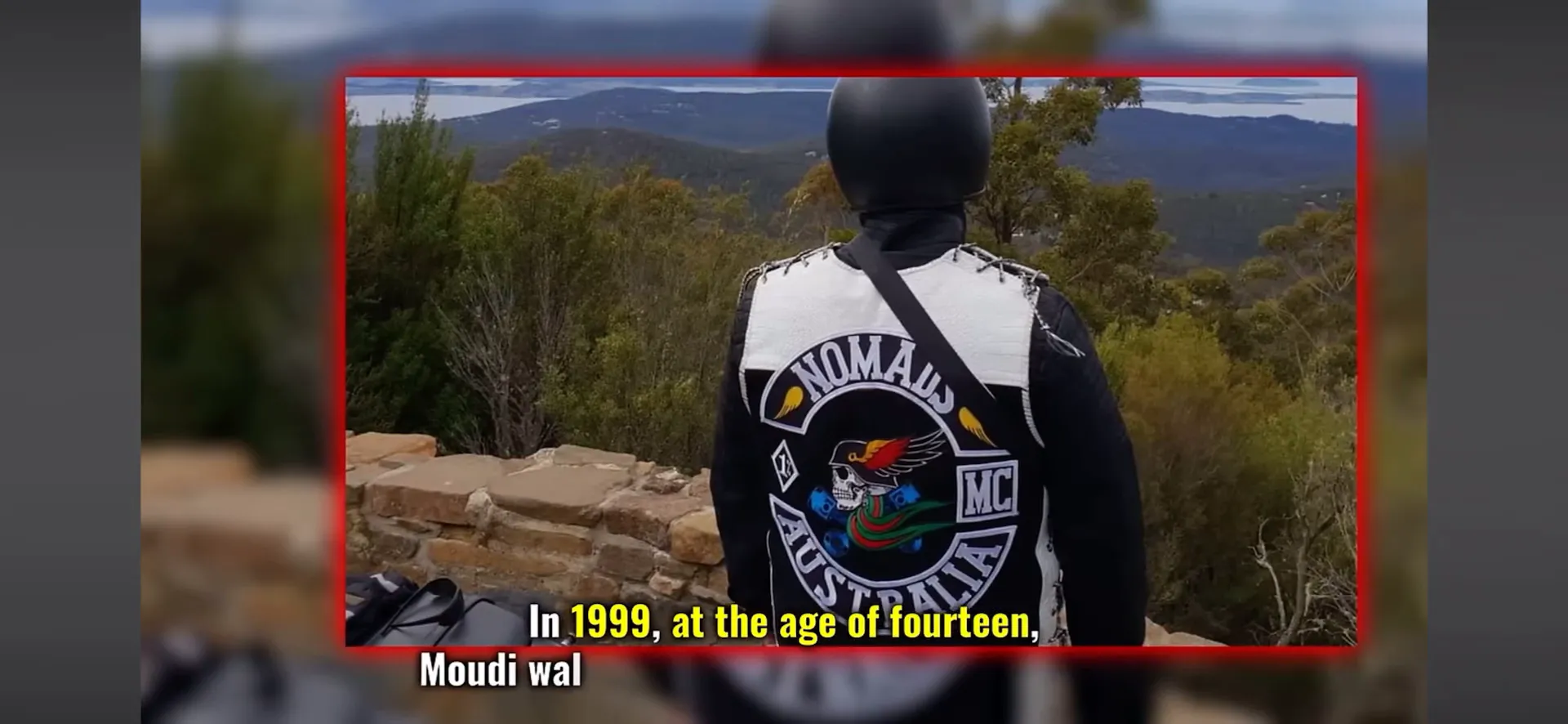
The Nomads had strict rules: three months as a hang-around, then nominee status, followed by earning two patches on the leather vest, and after a year, the coveted center patch. Modi’s journey was arduous and marked by discipline and conflict. “It took me eighteen months to get my colors. Keep getting kicked out, bashing members, attacking members now. That was the longest nom in the history of the club,” he admits.
By nineteen, Modi was the youngest chapter president in Nomads history, commanding respect from men twice his age. His reputation grew beyond the club, but it was a world rife with tension. Racial slurs and violence simmered beneath the surface, and Modi’s leadership was marked by a ruthless insistence on respect. “In Modi’s world, respect wasn’t asked for. It was demanded and enforced with violence if necessary,” he says.
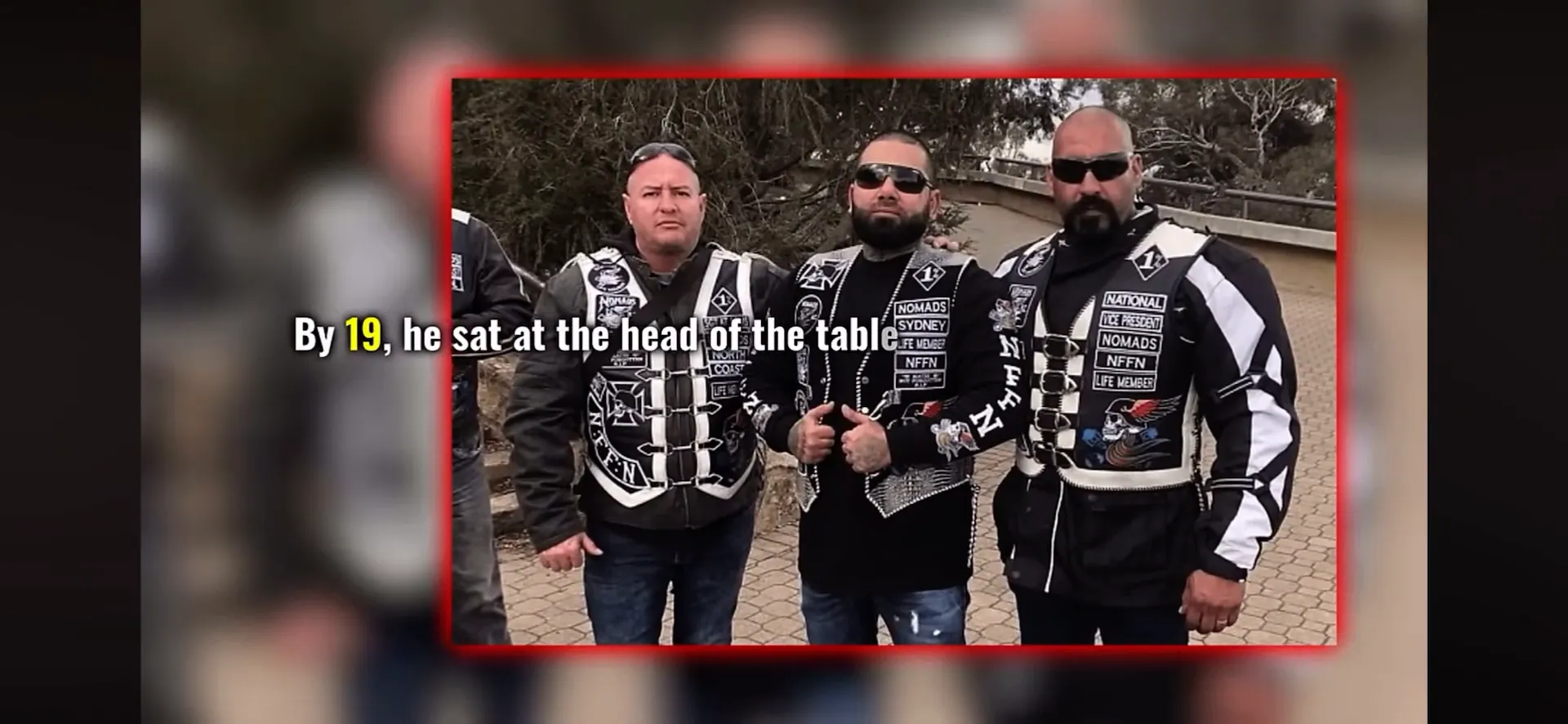
The Price of Power: Violence, Prison, and Survival
Modi’s ascent was not without consequence. On New Year’s Eve 2006, a violent confrontation with Robin Nassour led to a knife attack that would change everything. Nassour died from a leg wound inflicted during the altercation, and Modi pleaded guilty to manslaughter, serving seven years in prison. “I was charged with four murders. Three were dropped. I took the plea deal for manslaughter, though I maintained I never delivered the fatal blow,” he explains.
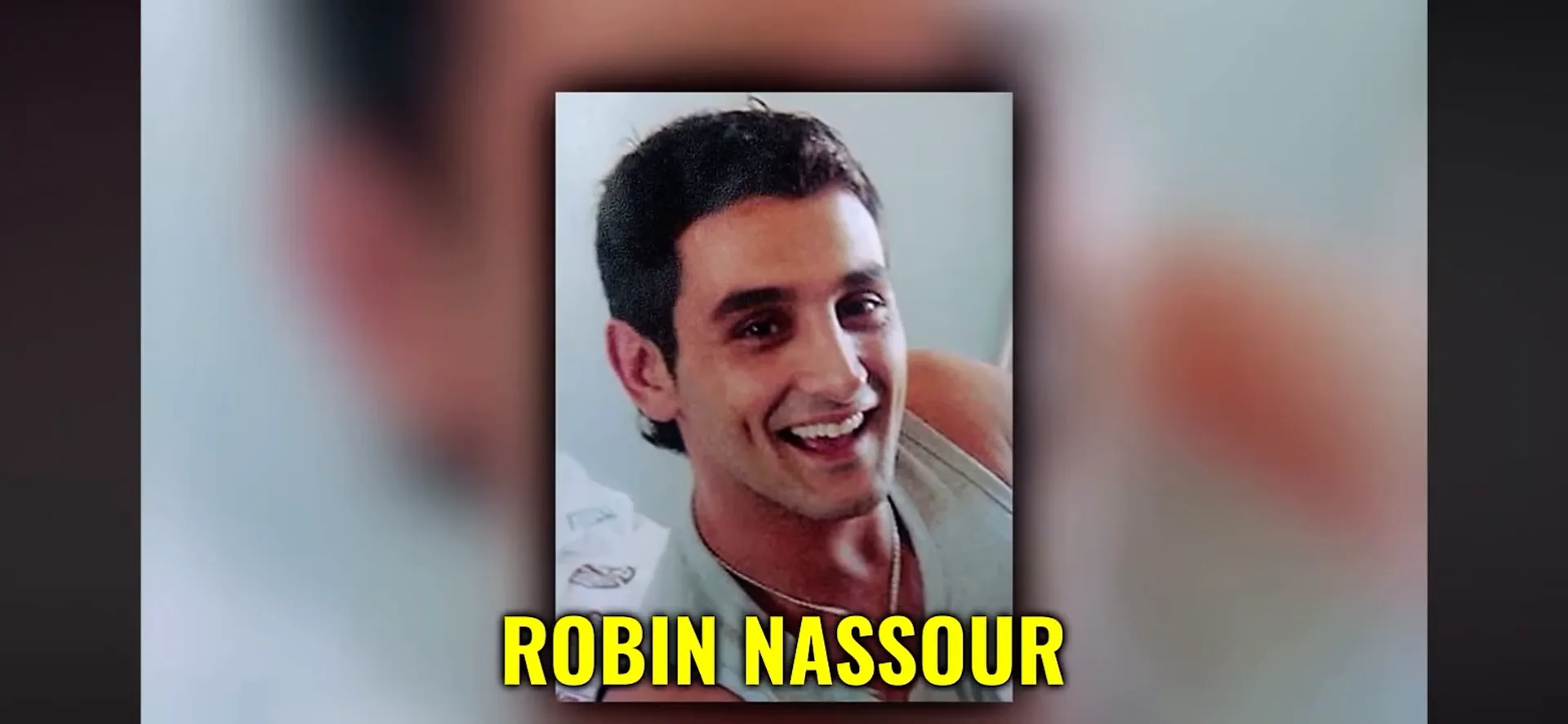
Prison was a harsh new reality. Modi spent four and a half years in isolation, deemed too dangerous for the general population. Yet, isolation did not break him; it forged a new kind of strength. He formed a notorious prison gang called Notorious, which later became part of John Ibrahim’s street army. During this time, Modi explored various religions, ultimately finding solace and answers in the Quran.

Despite the brutal environment, Modi’s survival instincts and strategic mind kept him alive amid multiple attempts on his life. The price of power was eternal vigilance, and Modi had paid for his throne in blood.
Return and Reign: National President of the Nomads
Released in 2013, Modi returned to a changed world. The Nomads welcomed their prince home, but the streets had new rules and new players. His rise to national president was meteoric once again, ruling alongside his brother Sleeman. Together, the Tajour brothers controlled Australia’s most feared motorcycle club, expanding their territory and influence across Sydney’s underworld.
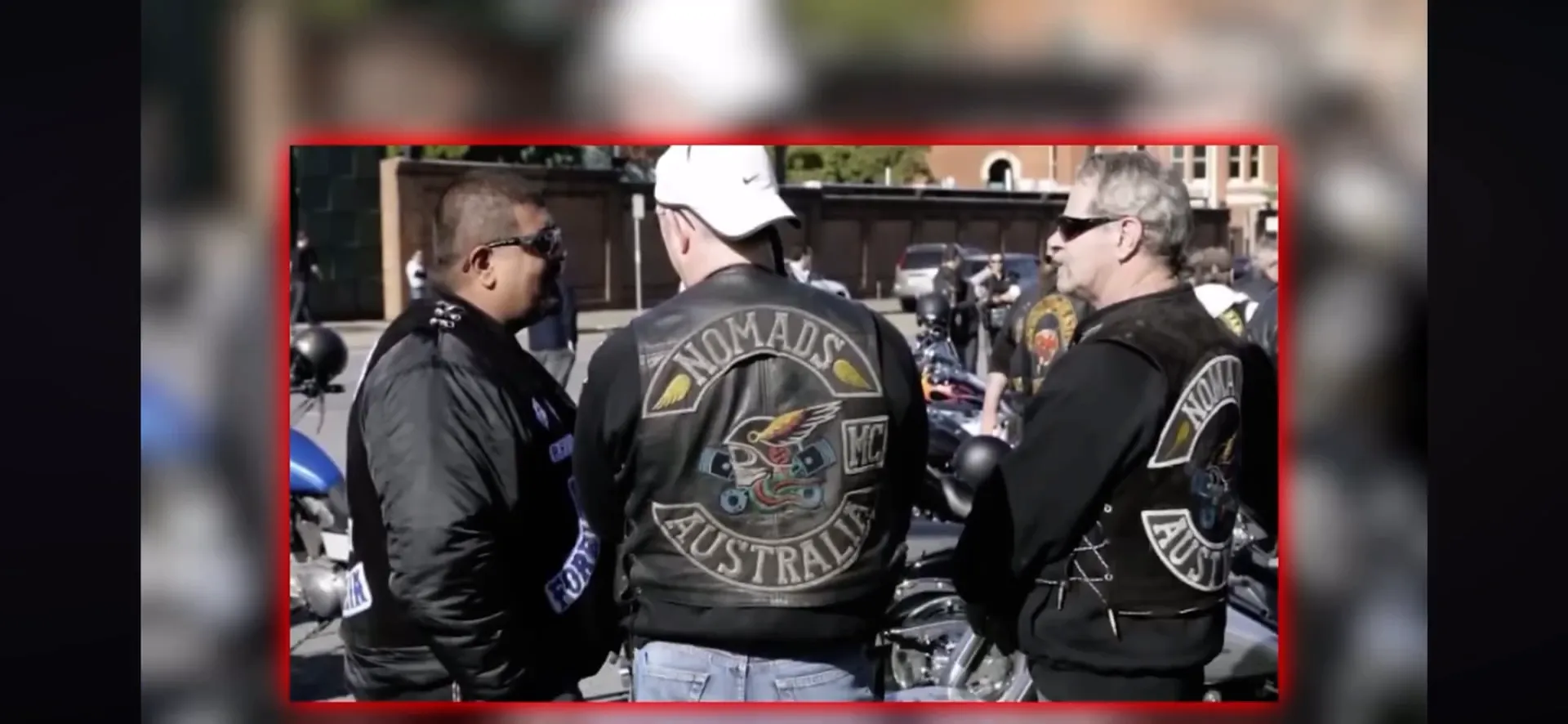
But law enforcement had evolved too. The creation of Strikeforce Raptor , led by Detective Superintendent Deb Wallace, brought military precision to the fight against bikie gangs. Known for her signature bright jumpsuits and high heels, Wallace’s team shut down Nomads clubhouses and aggressively enforced new consorting laws criminalizing communication between criminals—even over the phone or social media.
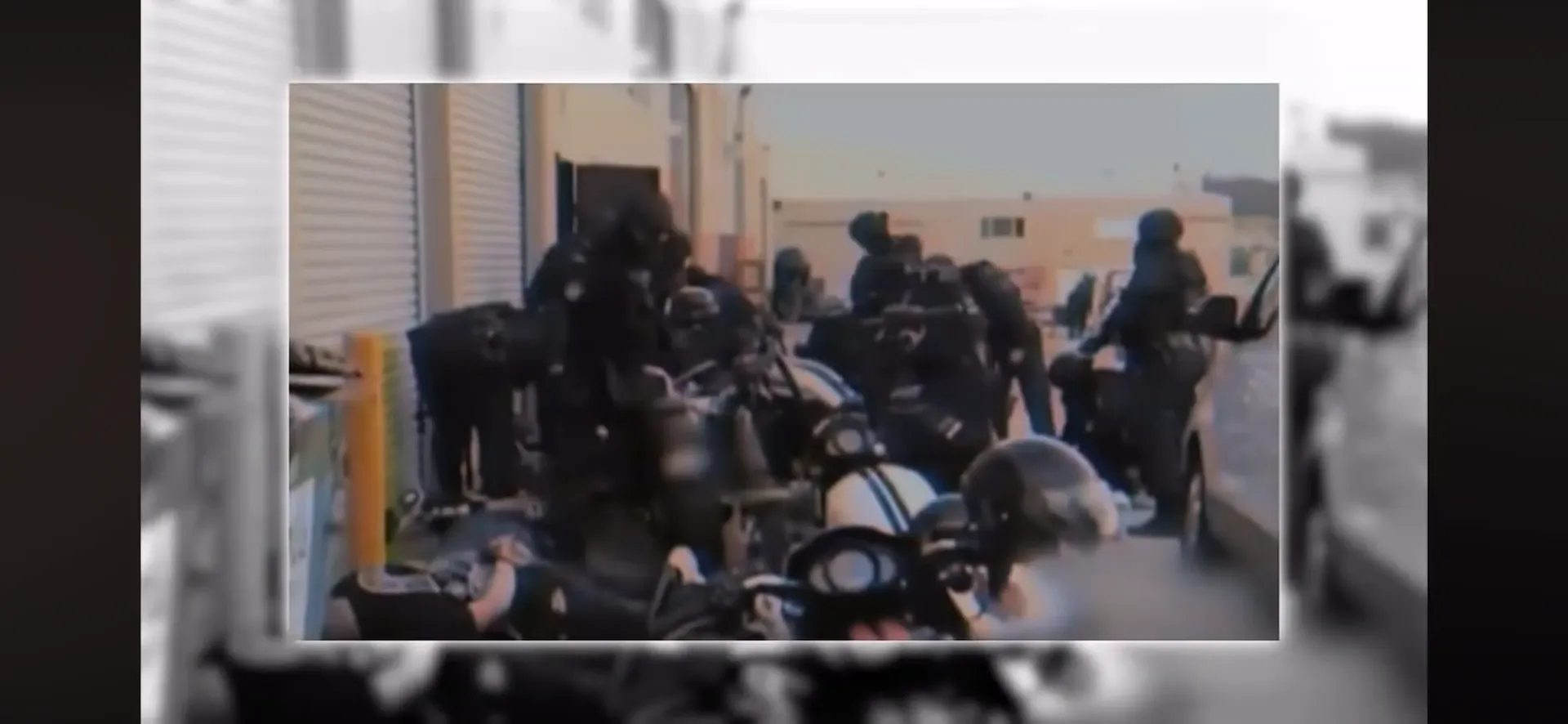
These laws hit hard. Modi’s own brother was among the first charged under the new legislation, and family ties meant nothing in the face of these sweeping legal changes. Paranoia and betrayal crept into the club, and Modi faced enemies not just outside but within his own ranks.
The Breaking Point: Burning the Colors and Leaving the Life
By 2018, the walls were closing in. Modi’s every move was shadowed by police surveillance, and internal trust eroded. “When you lose trust in people and you’re living in a dangerous world, you have no choice but to leave,” he reflects. After twenty years in the club and ascending to its highest rank, Modi faced a stark choice: leave or die.

In 2019, in a shocking and unprecedented act, Modi burned his Nomads colors live on a social media stream—a symbolic surrender and defiance rolled into one. “The vest that had carried my patches, my pride, my identity for two decades turned to ash. The prince had surrendered his crown,” he recounts.
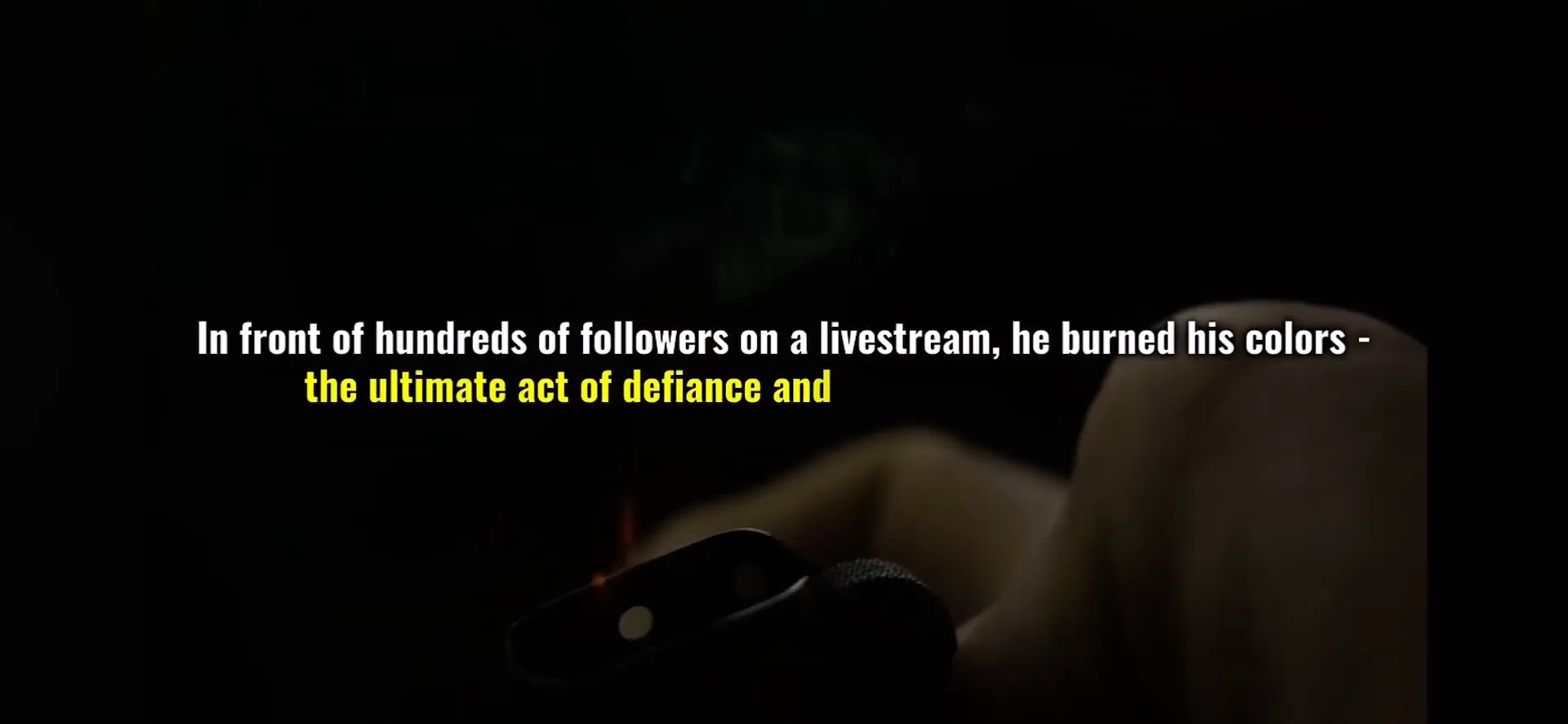
Attempts on his life followed, but Modi remained resolute. His empire was crumbling, and many of his closest allies were behind bars. Yet, the monster forged in the commission flats and hardened in prison yards was still inside him—contained, controlled but never gone.
Reinvention: From Outlaw to Digital King
Today, Modi Tajour rules a different kind of empire. His TikTok account , can't fight fate fourteen, boasts over half a million followers and generates more revenue than many street operations. “I’m the king of TikTok. Even Google wrote an article about it. I become number one in Australia numerous times every week,” he says with pride.
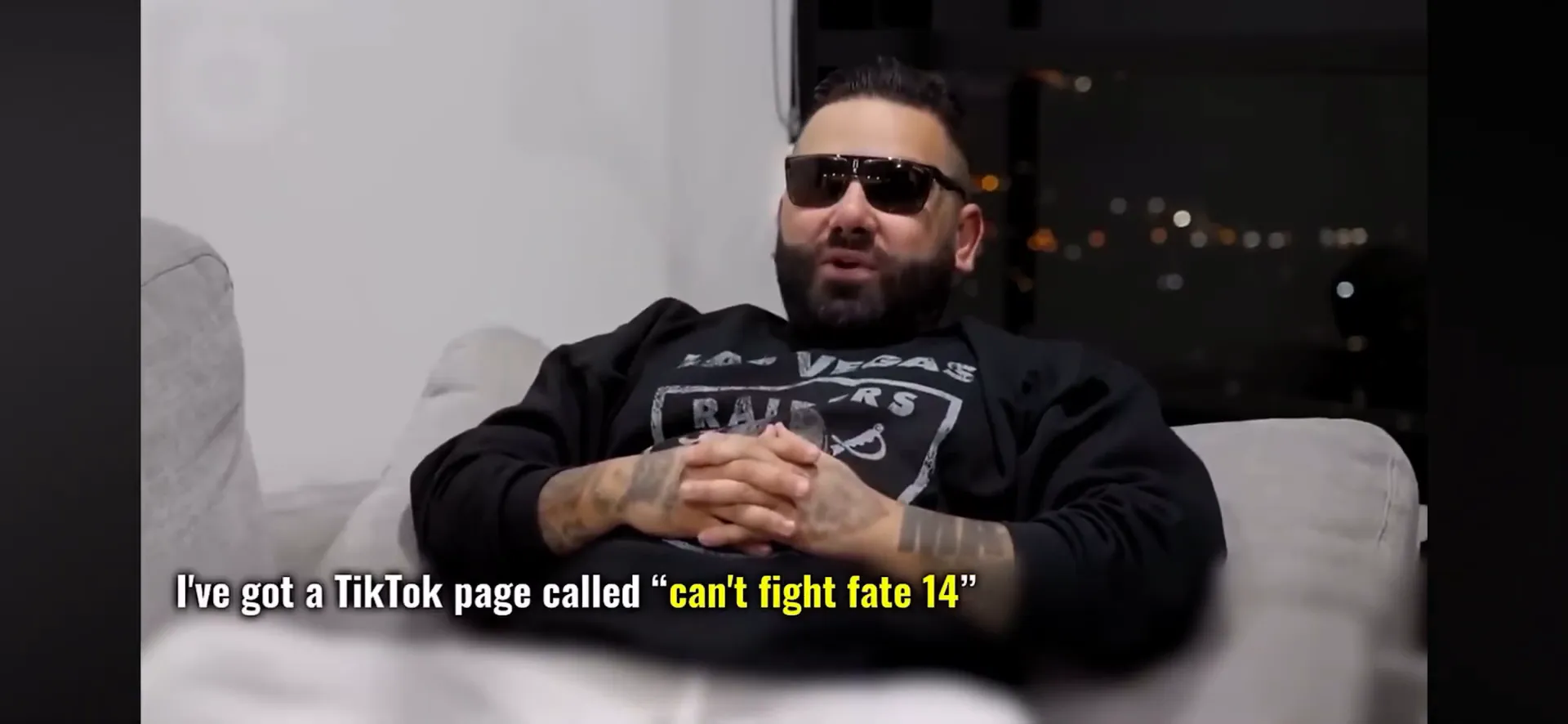
His war room is now a studio where he records daily content, engaging thousands of followers who gift him generously. His charisma, once commanding hardened criminals, now captivates a digital audience. Modi lives near the water, far from the commission flats where his story began, and has a son named Gabriel—a name chosen deliberately to steer him away from the gangster legacy.
Despite his reinvention, Modi’s phone still rings with offers from those who remember the power he once wielded. A recent $4 million proposition to return to club life was turned down flat. The streets of Maryland, King’s Cross, and every dark corner of Sydney’s underworld still whisper his name.
Legacy and Reflection: The Changing Face of Sydney’s Underworld
Modi Tajour’s journey is a potent reflection of Sydney’s evolving criminal landscape. The old codes of bikie brotherhood are dying, replaced by suspicion and betrayal. New generations have taken control, and the world Modi knew is fading.
His daily routine has shifted from club meetings to content creation, but the police still watch him closely. His name carries weight in both legitimate and criminal circles. The question remains: how long can a warrior be content with digital conquests?
Perhaps Modi hasn’t surrendered his crown at all but has simply reforged it for a new age, ruling a kingdom of clicks and views instead of blood and brotherhood.
Explore More on the Ibrahim Family and Sydney's Underworld
- Explore the life of Fadi Ibrahim — from his rise in Sydney's business and social circles to high-profile legal battles and organised crime allegations.
- Explore the full story of Michael Ibrahim — from his rise in Sydney's underworld to his 30-year prison sentence.
- Explore the unfolding legal drama surrounding the Ibrahim brothers, from money-laundering charges to family tensions.
Frequently Asked Questions (FAQ)
Who is Sam Ibrahim in relation to Modi Tajour?
Sam Ibrahim is Modi Tajour’s cousin and a significant figure in Sydney’s underworld. He was the leader of the Nomads Motorcycle Club and played a pivotal role in Modi’s early criminal career and entry into the club.
What is the Nomads Motorcycle Club?
The Nomads are one of Australia’s most feared outlaw motorcycle clubs, known for their strict rules, loyalty, and involvement in criminal activities. Modi Tajour rose through their ranks to become the youngest chapter president and later national president.
Why did Modi Tajour burn his Nomads colors?
Faced with intense police pressure, internal paranoia, and a growing list of enemies, Modi chose to leave the club life behind in 2019 by burning his colors live on social media as a symbolic act of surrender and defiance.
What is Modi Tajour doing now?
Modi has reinvented himself as a social media influencer, running a TikTok channel with over half a million followers. He generates significant income through digital content and gifts from his audience.
Is Modi Tajour still involved in criminal activities?
While his past is deeply rooted in Sydney’s underworld, Modi insists his current ventures are funded by legitimate means. However, law enforcement continues to monitor him, and offers to return to club life have been firmly rejected.
Limited Time Offer
Become a Successful NDIS Provider
$689 $349
Use code EARLY349 at checkout
News Feed





